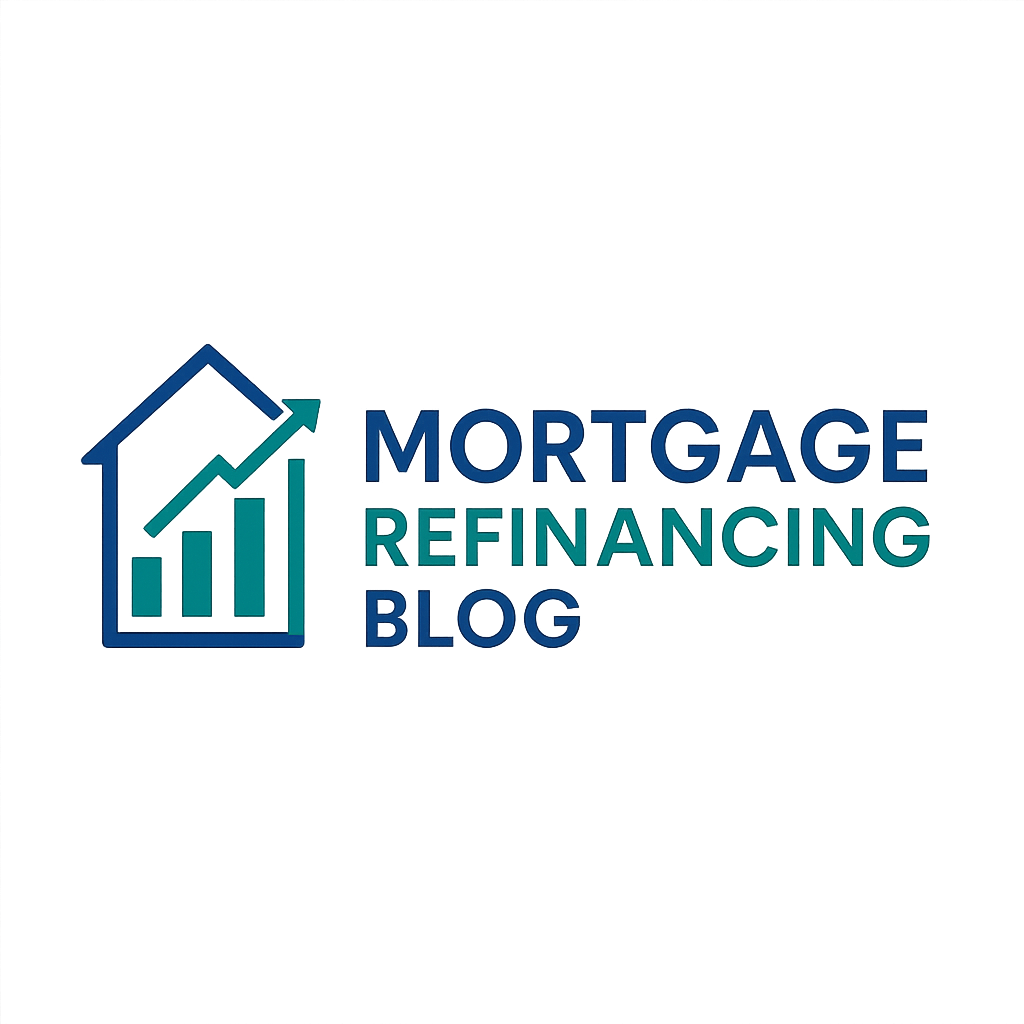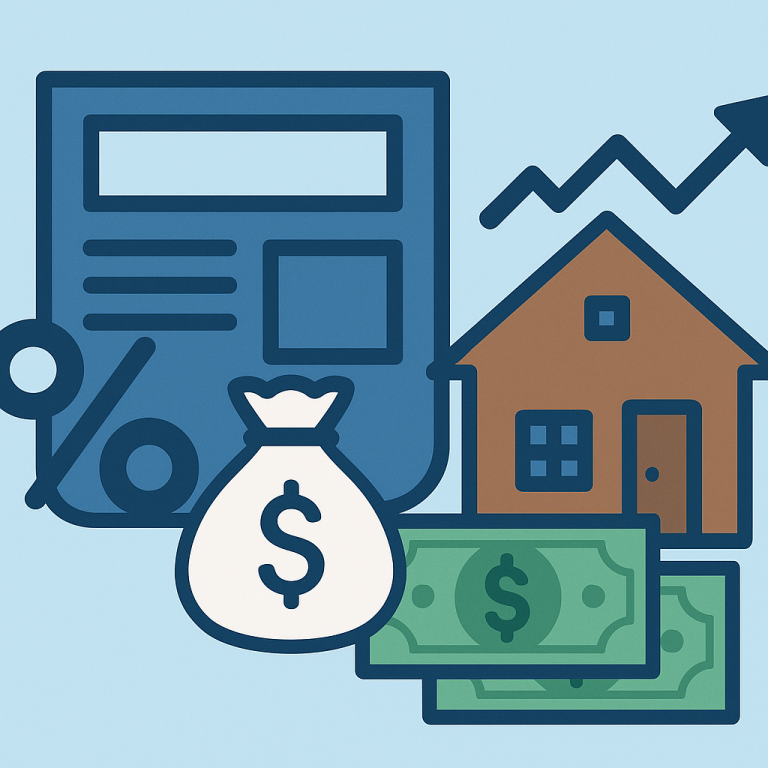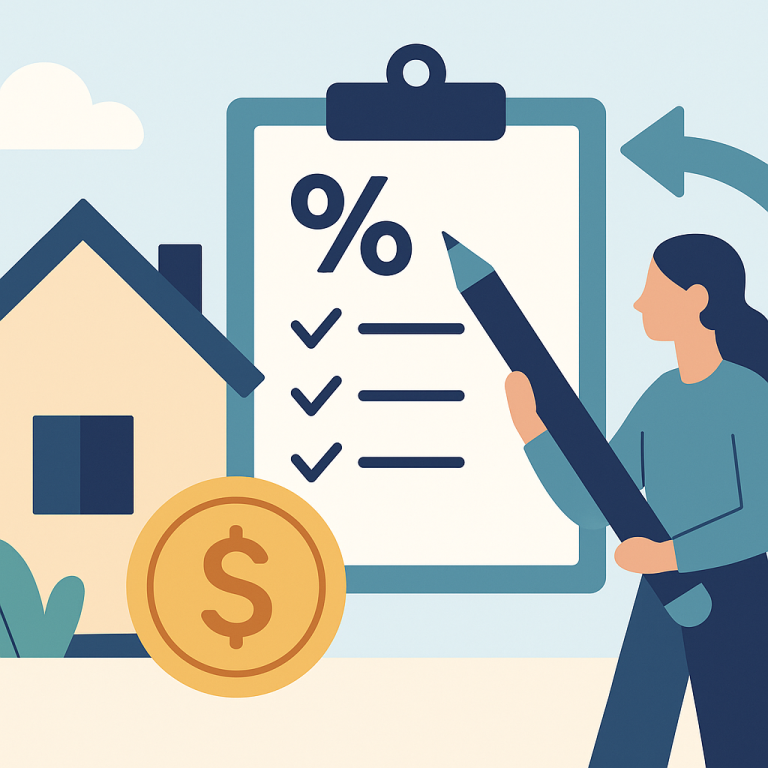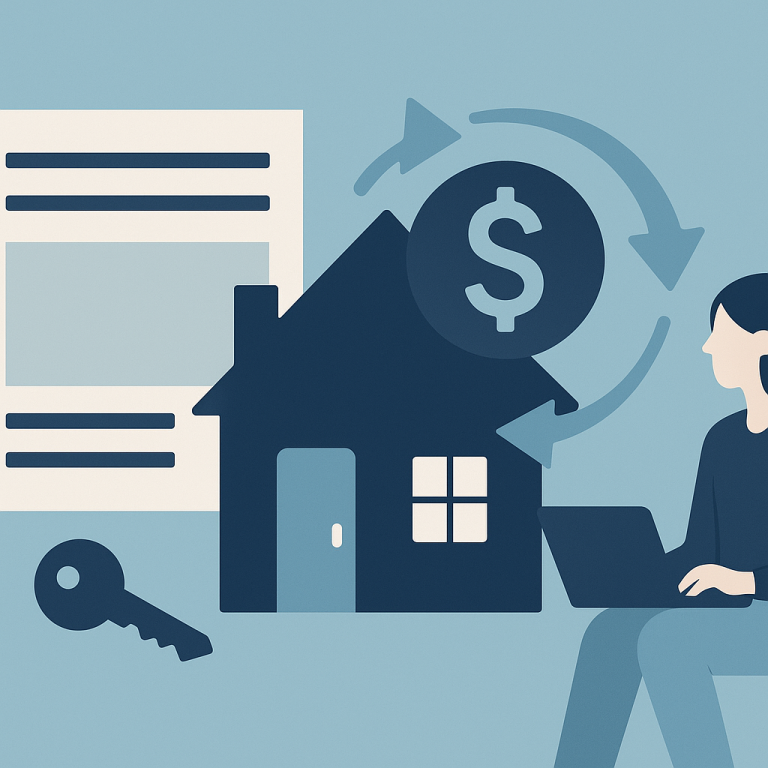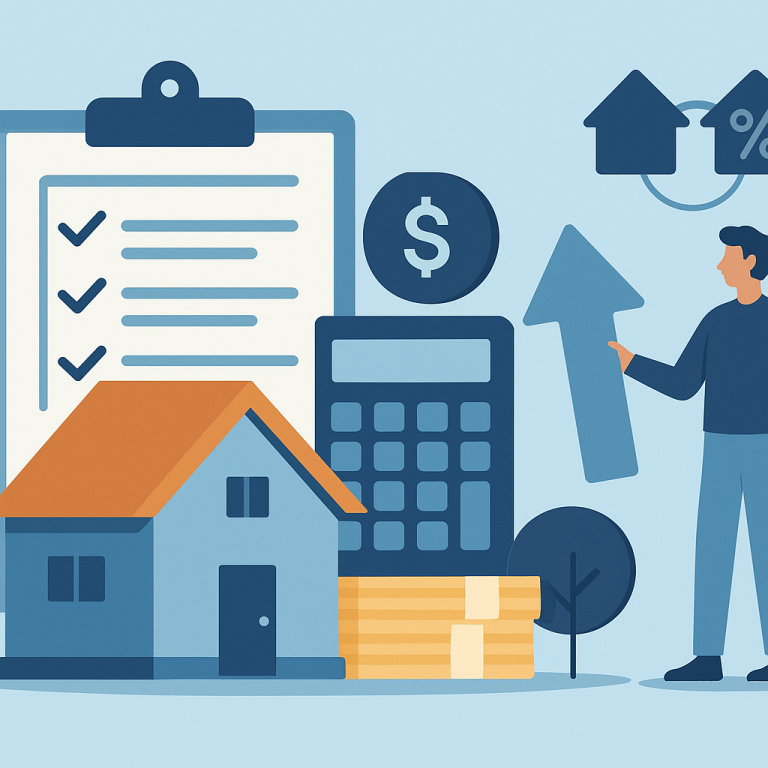Rates Down as Fed Holds: August 8, 2025 Mortgage Refinance Update
Mortgage refinance rates dip after Fed holds policy rates — August 8, 2025
Mortgage refinance rates moved lower on Aug. 8 after the Federal Reserve left its policy interest rate unchanged, Bankrate reported. Lenders re‑priced mortgage products in response to the Fed decision and related bond market moves, giving some homeowners a narrower window to consider refinancing. The change was modest but notable for borrowers watching break‑even math and short‑term market volatility.
What happened today
The Federal Reserve announced it would keep its benchmark federal funds rate on hold. In the hours that followed, U.S. Treasury yields eased slightly and mortgage lenders adjusted their front‑end pricing. That adjustment translated into lower published refinance rates for many rate quotes on Aug. 8, according to Bankrate’s daily rate update.
Why a Fed hold can push refinance rates down
Mortgage rates for fixed‑rate loans are driven more directly by longer‑term yields such as the 10‑year Treasury than by the Fed funds rate itself, but central bank policy strongly influences expectations for those yields. When the Fed signals a steady policy stance—or markets interpret a policy statement as less hawkish than expected—longer‑term yields can soften. Mortgage lenders then lower offered rates to reflect the cheaper cost of funding and to stay competitive.
- Fed hold = stable short‑term policy; investors reassess inflation and growth outlook.
- Reduced demand for short‑term rate hedges can lower Treasury yields, nudging mortgage rates down.
- Lenders pass through some of that movement into daily refinance and purchase rate sheets.
What this means for borrowers considering a refinance
Homeowners who have been monitoring refinance economics should consider the following:
- Small declines matter for some borrowers. Even a modest dip in rates can shorten the break‑even period on a rate‑and‑term refinance or improve monthly savings for those who are only a few basis points away from a favorable outcome.
- Shop quickly but carefully. Market moves after Fed announcements can reverse within days. Locking a rate requires weighing current pricing against the probability of further decreases or increases.
- Look beyond rate alone. Closing costs, the remaining term on the current mortgage, and prepayment penalties (if any) determine whether refinancing is worthwhile. Use a break‑even calculator to estimate how long it takes to recoup costs with the monthly savings.
- Consider alternatives. Borrowers seeking cash or flexible access to equity may compare cash‑out refinancing with HELOCs, which can be priced differently and carry distinct features and risks.
How to run the numbers: quick checklist
Before applying or locking a refinance, run through these steps to decide if the dip in rates justifies moving forward:
- Calculate the new monthly payment and total interest over the contemplated loan term.
- Estimate closing costs and any fees; include them in the break‑even analysis.
- Compare the break‑even period to how long you expect to keep the home.
- Check eligibility and underwriting timelines—credit score, documentation, and property appraisal requirements can affect timing and costs.
Market context and what to watch next
Today’s move follows several weeks of rate volatility as investors digest inflation data, employment reports and Fed communications. While a single day of lower refinance rates does not guarantee a sustained trend, it does create an opportunity for borrowers who are prepared to act.
Key indicators borrowers and advisors will monitor in the near term include:
- U.S. Treasury yields, especially the 10‑year note.
- Upcoming economic releases — inflation, retail sales and employment data — which can shift market expectations for future Fed action.
- Fed officials’ remarks and any signal about the committee’s policy path. Even subtle changes in language can move markets.
Practical next steps for homeowners
If you’re thinking about refinancing because of today’s dip in rates, consider these pragmatic next steps:
- Get a current mortgage statement and a recent credit report so you can supply accurate data to lenders quickly.
- Request rate quotes from multiple lenders and ask for a clear breakdown of closing costs and fees to compute the true cost of the refinance.
- Use a break‑even calculator and test scenarios (e.g., rate locked, rate moves up 0.25%, rate moves down 0.25%) to understand the sensitivity of your decision to market swings.
- If you decide to lock, confirm the lock period, any float‑down options, and the lender’s policy on rate locks during underwriting delays.
Why it matters
Even modest drops in refinance rates can change the math for homeowners weighing a refinance. For some borrowers—especially those who are close to a break‑even point or who need to reduce monthly payments—the window created by a Fed hold can be the difference between saving money and walking away. At the same time, the markets remain sensitive to incoming economic data, so speed and preparedness matter.
